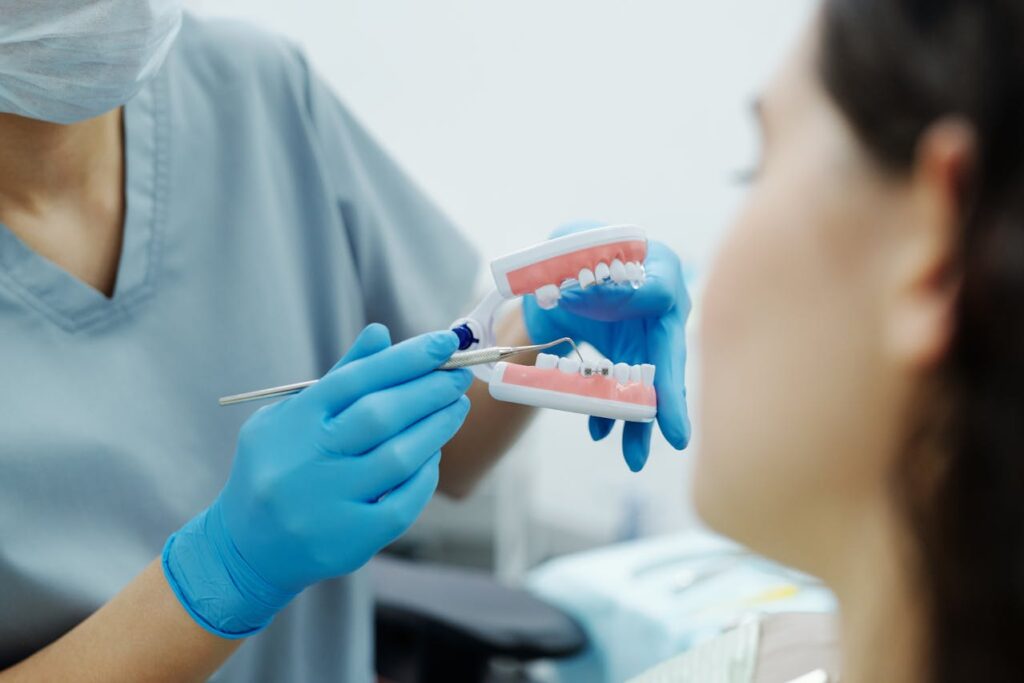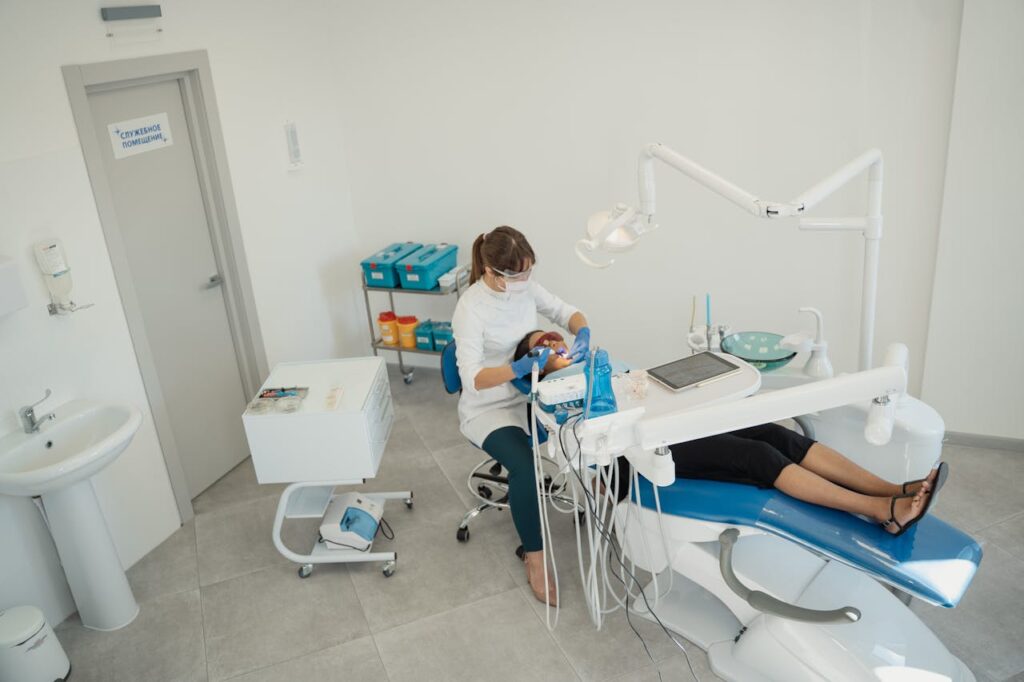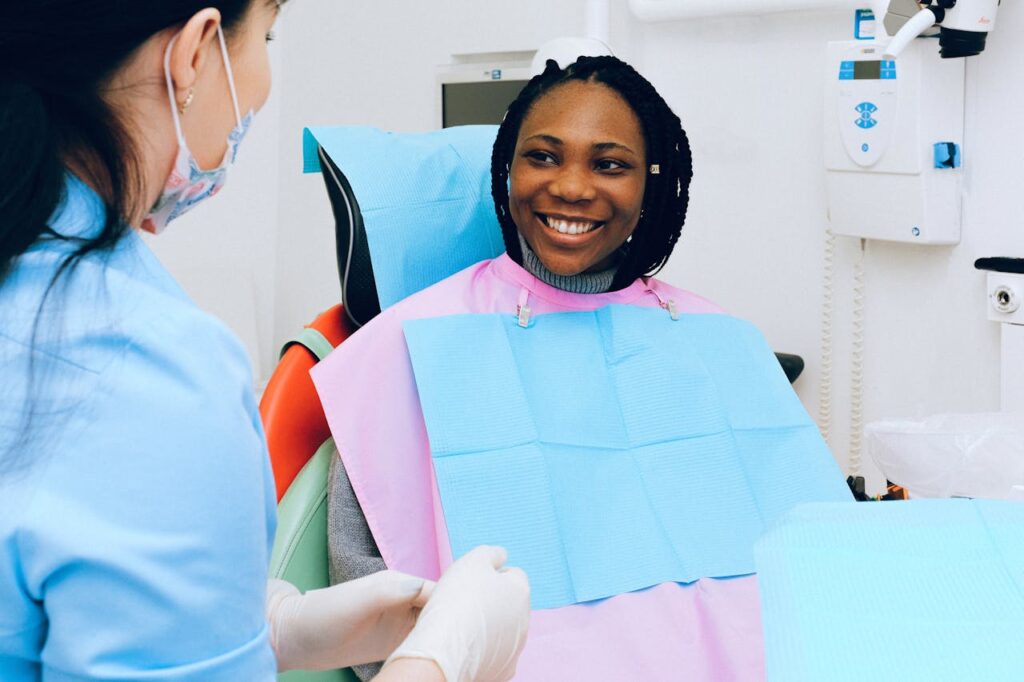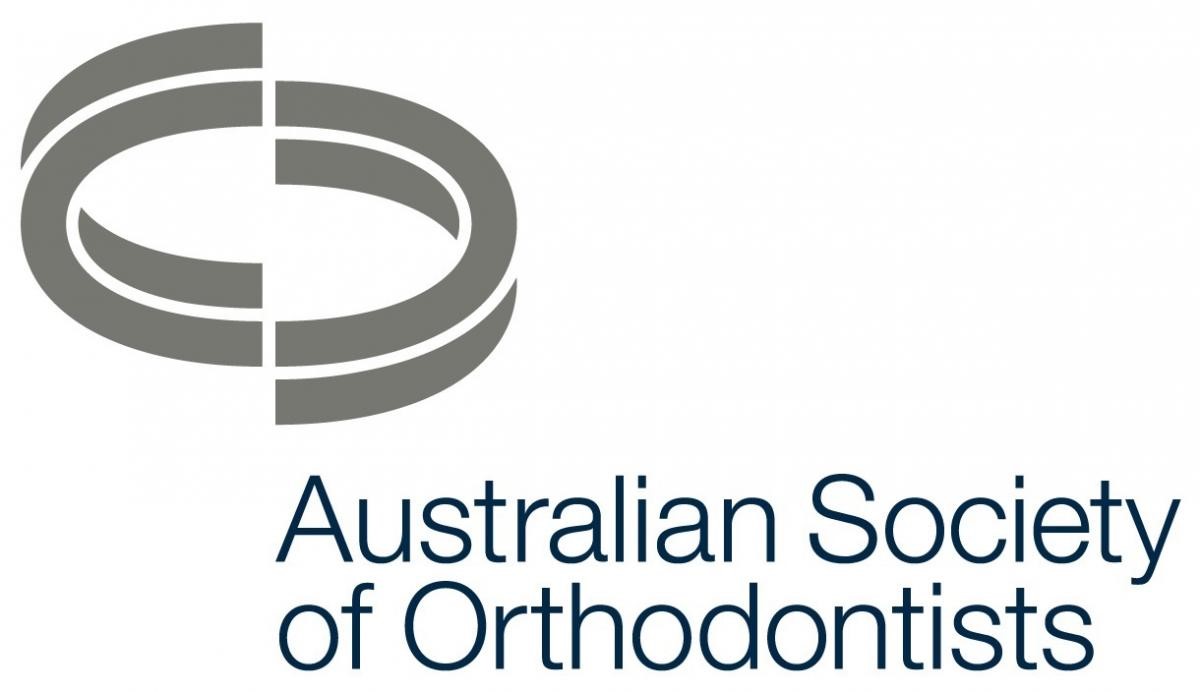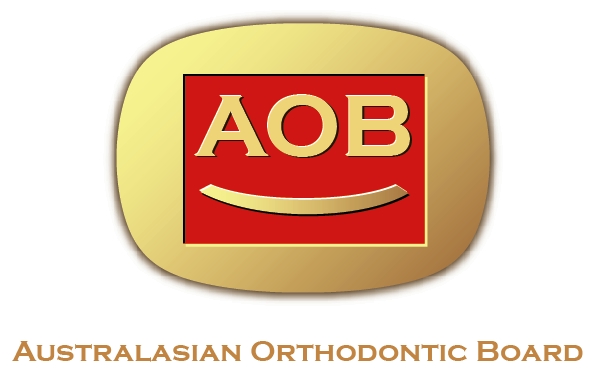How to Get Perfect Teeth: Debunking Myths & Unveiling the Reality of Straight Teeth
The idea of ‘perfect teeth’ often stems from idealised portrayals in the media, leading many to believe this look is essential for confidence and social acceptance. However, it’s important to understand that everyone’s dental structure is unique, and perfection is subjective.
Orthoworx, a premier orthodontic clinic in Sydney, helps people achieve their best smile. This blog will clarify the myths about perfect teeth, explore realistic ways to get straight teeth, and explain the role of dental health in this journey.
The Myth of Perfect Teeth
For many, perfect teeth mean straight, white teeth that align perfectly with the gums. This idealised image is often influenced by celebrities and social media, leading many people to think, “I want straight teeth.”
Teeth vary in shape, size, and alignment from person to person, mainly due to genetics. Cultural factors also shape perceptions of dental perfection, with different cultures valuing different traits. For example, some cultures might value traits that don’t align with the Western ideal of straight, white teeth.
An ‘ideal’ smile is subjective, shaped by aesthetics and health considerations. Orthodontic research shows that well-aligned teeth can enhance confidence and oral health. Achieving this means understanding each person’s unique dental needs and finding realistic solutions.
Common Desires: Why Do We Want Straight Teeth?
Straight teeth can boost confidence and self-esteem, as many people believe a straighter smile improves their appearance, influencing how they perceive themselves and interact with others. If you’re wondering how to get perfect teeth, it’s essential to recognise that it involves more than aesthetics.
Society often associates straight teeth with professionalism and hygiene, which can positively impact first impressions in personal and professional settings.
Moreover, properly aligned teeth make oral hygiene easier, reducing the risk of tooth decay and gum disease. They also distribute bite forces more evenly, which helps prevent wear and tear.
Orthodontic Interventions
✔ Traditional Braces
Traditional braces have been a tried-and-true method for straightening teeth for decades. They consist of metal brackets bonded to the teeth, connected by wires and bands. Benefits include precision in correcting severe misalignments, while limitations involve discomfort, aesthetic concerns, and difficulty maintaining oral hygiene. They’re suitable for individuals with significant orthodontic issues requiring comprehensive correction.
✔Aligners
Aligners are clear, removable trays that gradually shift teeth into place. They offer a more discreet appearance than braces and can be removed for eating and cleaning. However, they require strict adherence to wearing them for 20-22 hours daily to ensure that treatment progresses as planned. Aligners are ideal for those seeking a less noticeable treatment for mild to moderate misaligned teeth.
✔ Modern Orthodontic Technologies at Orthoworx
Orthoworx provides advanced orthodontic options, including digital imaging for precise treatment planning and cutting-edge braces and aligner technology. The clinic focuses on personalised treatment plans, ensuring each patient receives the most effective solution.
Are Braces the Only Option for Straightening Teeth?
No, braces are not the only option. Aligners, lingual braces (placed behind the teeth), and other modern interventions like Invisalign can also effectively straighten teeth. The best treatment depends on the specific alignment issues and patient preferences.
Natural Alternatives: Fact vs. Fiction
There’s some interest in natural methods like exercises or dietary changes to straighten teeth. Common suggestions include tongue pushing and chewing gum to promote alignment. However, these methods have limited scientific support:
- Exercises: May assist with minor alignment adjustments but need more robust evidence for significant changes.
- Dietary Changes: Can improve overall dental health but are ineffective for correcting misalignments.
Compared to professional orthodontic treatments, natural methods offer different precision and effectiveness. Exercises and diet improvements can support, but not replace, traditional orthodontic treatments like braces or aligners.
Orthodontic Treatment: Duration, Decision, and Considerations
Orthodontic treatments can last from 6 months to 3 years, depending on the severity of the misalignment and the treatment approach. Here’s what to consider when choosing an orthodontist:
- Qualifications and Experience: Look for certifications and a solid track record in orthodontic and dental care.
- Patient Reviews: Patient feedback can provide insights into their experiences and the results achieved.
- Personalised Care: It’s essential to find an orthodontist who offers tailored treatment plans and uses the latest technology.
- Comfort and Communication: Choose an orthodontist who makes you feel comfortable and who clearly explains all treatment options.
Choosing the right orthodontist and understanding the commitment required for treatment are crucial to achieving the best results.
Frequently Asked Questions
How Can I Get Straight Teeth?
There are several ways to achieve straight teeth. Orthodontic treatments like braces and aligners are the most effective methods. Booking a consultation with an orthodontist is crucial to determine the best treatment.
How to Get Perfect Teeth?
Achieving perfect teeth involves more than just alignment. It also requires good oral hygiene, regular dental check-ups, and sometimes additional cosmetic procedures like whitening. An orthodontist can create a comprehensive plan tailored to your specific dental needs.
Can Your Teeth Get Straight Naturally?
Teeth cannot be significantly straightened naturally. While exercises or dietary changes can support dental health, they lack the precision to correct misalignment. Professional treatments like braces or aligners are necessary for noticeable changes.
What Are the Pros and Cons of Aligners Versus Braces?
- Aligners: Pros include a discreet appearance, comfortable to wear and removability for eating and cleaning teeth. However, they require discipline to wear for the time necessary to ensure treatment progresses as planned.
- Braces: Pros include precise control over teeth movement, which is effective for severe cases. Cons include visible hardware and difficulties in maintaining oral hygiene.
How Long Does Orthodontic Treatment Usually Take?
The duration of orthodontic treatment typically ranges from 6 months to 3 years. The time varies based on the severity of the misalignment and the type of treatment used.
Conclusion
If you’re wondering how to get perfect teeth, consider orthodontic interventions like braces and aligners, which offer reliable methods for improving dental alignment.
For those asking, “How do I get my teeth straight?” it is essential to remember that professional guidance is vital. Aligners or braces are effective solutions for straightening teeth, and addressing misalignment isn’t just about aesthetics but also about maintaining long-term oral health.
If you want straight teeth and are ready to start your journey, Orthoworx can guide you with personalised treatment plans and the latest orthodontic technology. Reach out to schedule a consultation with our experienced orthodontist, Dr Eugene Chan and take the first step toward the smile you’ve always wanted.






